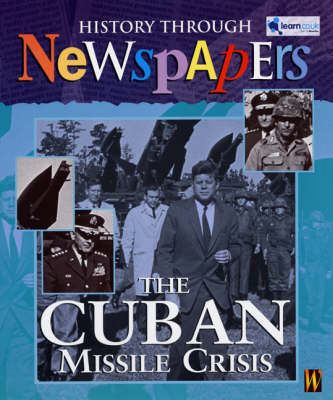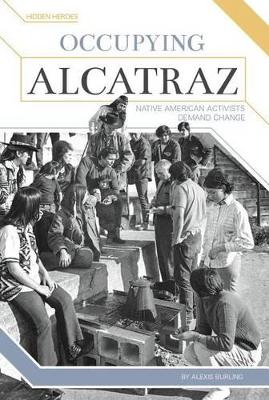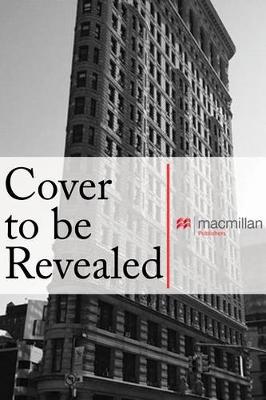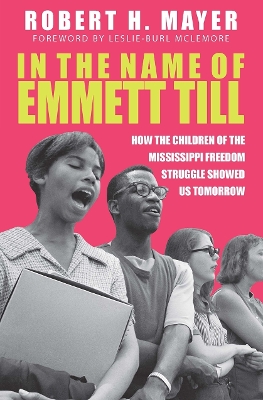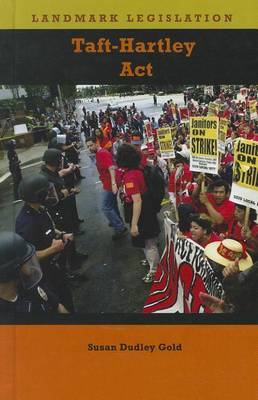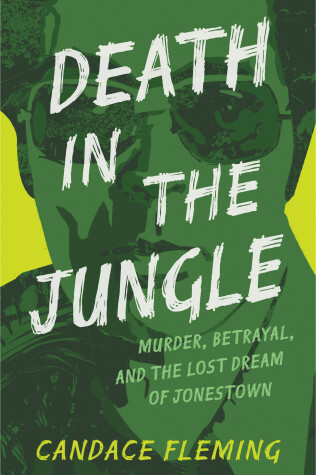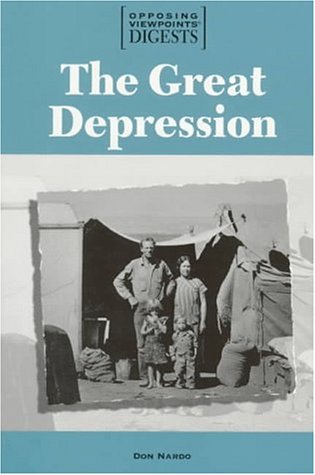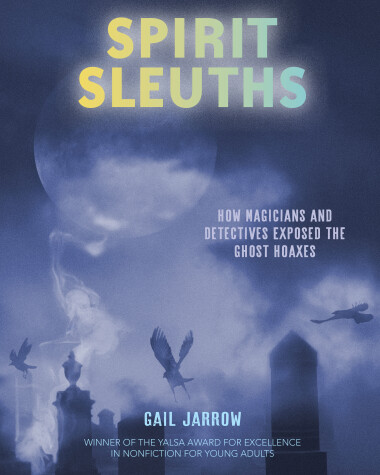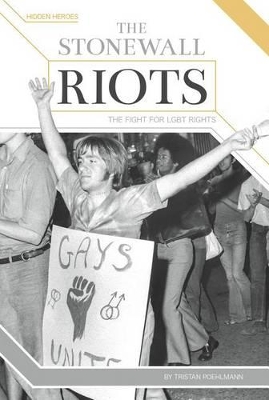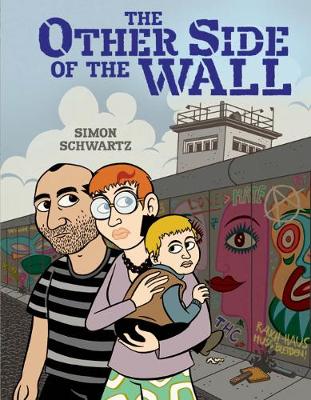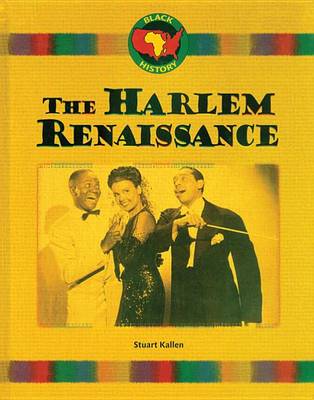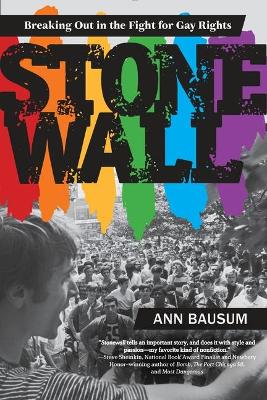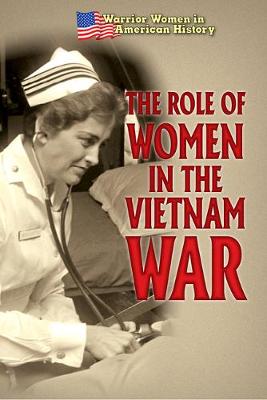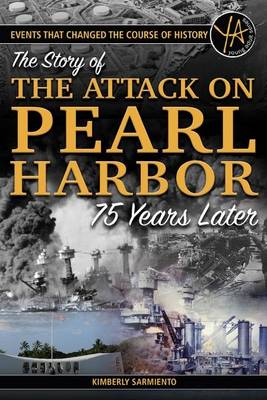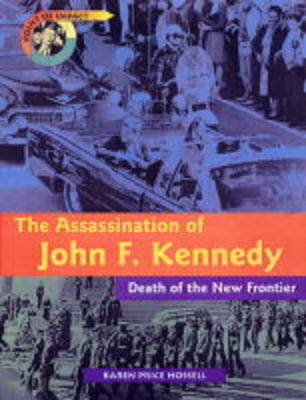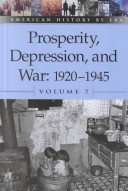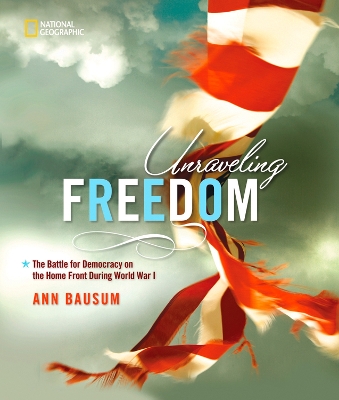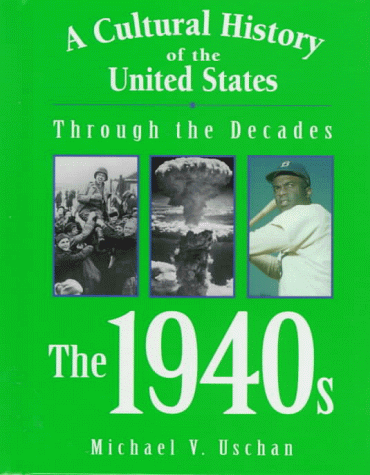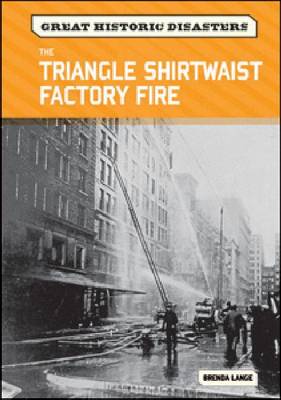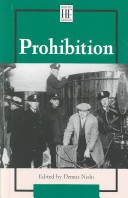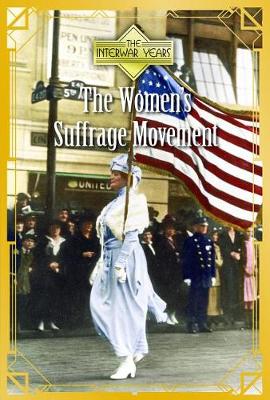This book looks at the Cuban Missile Crisis through what the newspapers of that time reported. It uses a range of contemporary articles, including those from American newspapers, to allow the reader to see how the Crisis was perceived at that time. Context setting text puts each article in historical context and explains the causes and significance of what happened with the benefit of hindsight. Evaluation boxes critically evaluate the articles as pieces of historical evidence for understanding...
Occupying Alcatraz: Native American Activists Demand Change (Hidden Heroes)
by Alexis Burling
★ "Partridge proves once again that nonfiction can be every bit as dramatic as the best fiction."* America's war in Vietnam. In over a decade of bitter fighting, it claimed the lives of more than 58,000 American soldiers and beleaguered four US presidents. More than forty years after America left Vietnam in defeat in 1975, the war remains controversial and divisive both in the United States and abroad. The history of this era is complex; the cultural impact extraordinary. But it's the personal...
John Taliaferro Thompson had a mission: to develop a lightweight, fast-firing weapon that would help Americans win on the battlefield. His Thompson submachine gun could deliver a hundred bullets in a matter of seconds but didn't find a market in the U.S. military. Instead, the Tommy gun became the weapon of choice for a generation of bootleggers and bank-robbing outlaws, and became a deadly American icon. Following a bloody decade and eighty years before the mass shootings of our own time Congre...
The killing of Emmett Till is widely remembered today as one of the most famous examples of lynchings in America. African American children in 1955 personally felt the terror of his murder. These children, however, would rise up against the culture that made Till’s death possible. From the violent Woolworth’s lunch-counter sit-ins in Jackson to the school walkouts of McComb, the young people of Mississippi picketed, boycotted, organized, spoke out, and marched, working to reveal the vulnerabilit...
Describes the passage of the 1947 law that helped define the rights of labor and management, and describes the conditions of the labor force before and after the act.
How did Jim Jones, the leader of Peoples Temple, convince more than 900 of his followers to commit "revolutionary suicide" by drinking cyanide-laced punch? From a master of narrative nonfiction comes a chilling chronicle of one of the most notorious cults in American history. Using riveting first-person accounts, award-winning author Candace Fleming reveals the makings of a monster: from Jones’s humble origins as a child of the Depression… to his founding of a group whose idealistic promises of...
The Great Depression (Opposing viewpoints digests) (Turning Points in World History)
by Don Nardo
A School Library Journal Best Book, Best Nonfiction Middle to High School 2024 A Chicago Public Library Best of the Best Books 2024 The latest from acclaimed author Gail Jarrow reveals how magicians—including Harry Houdini and his team of investigators—exposed fake mediums who exploited the vulnerable and gullible in the early twentieth century. ★ Shelf Awareness, starred review ★ School Library Journal, starred review After millions of people died during World War I and from the 1918 influen...
The Stonewall Riots: The Fight for Lgbt Rights (Hidden Heroes)
by Tristan Poehlmann
Simon Schwartz was born in 1982 in East Germany, at a time when the repressive Socialist Unity Party of Germany controlled the area. Shortly before Simon's birth, his parents decided to leave their home in search of greater freedoms on the other side of the Berlin Wall. But East German authorities did not allow the Schwartzes to leave for almost three years. In the meantime, Simon's parents struggled with the costs of their decision: the loss of work, the attention of the East German secret poli...
Reformers and the American Temperance Movement Temperance and Prohibition Grade 5 Children's American History
by Baby Professor
The Role of Women in the Vietnam War (Warrior Women in American History)
by Hallie Murray
Events That Changed the Course of History
by Kimberly Sarmiento
Turning Points History Assass John F Kenn pap (Turning Points in History)
by Karen Price-Hossell
An examination of the assassination of President Kennedy, a major historical watershed. It recounts the chain of events leading up to this event, and the repercussions, both immediate and long-term. It also evaluates the concept of a turning point, assessing in what way this event really was one. The volume is designed to be thought-provoking, but its approach is direct and seeks to embrace the views of ordinary people. It ties in with the National Curriculum and features photographs, reproducti...
Prosperity, Depression & War: 1920-1945 (American history by era)
by Laura Egendorf
Almanacs of American Wars Set
The Almanacs of American Wars series traces American war history from the 18th century to the present day, with each volume providing an up-close look at a particular period of American history and its role and influence on various acts of war. The bulk of each book is devoted to a detailed, day-by-day chronology of the people and events important during wartime conflicts. An A-to-Z dictionary follows, covering people, battles, events, and other exciting details such as military strategies from...
"In 1915, the United States experienced the 9/11 of its time. A German torpedo sank the Lusitania killing nearly 2,000 innocent passengers. The ensuing hysteria helped draw the United States into World War I—the bitter, brutal conflict that became known as the Great War and the War to End All Wars. But as U.S. troops fought to make the world safe for democracy abroad, our own government eroded freedoms at home, especially for German-Americans. Free speech was no longer an operating principle of...
The 1940s (A Cultural History of the United States Through the Decades)
by Michael V Uschan
The Triangle Shirtwaist Factory Fire (Great Historic Disasters)
by Brenda Lange
Conditions were harsh in tenement factories all over New York City, but they were especially difficult at one in particular. The Triangle Shirtwaist Factory, located near the city's Washington Square Park, made history on March 25, 1911, when a devastating fire destroyed the top three floors of the building in which it was located. One hundred and forty-six young women and several men died in what was the worst workplace disaster to take place in the United States to that date. The lack of fire...
Prohibition (History firsthand)
The Women's Suffrage Movement the Women's Suffrage Movement (Interwar Years)
by Meghan Cooper
